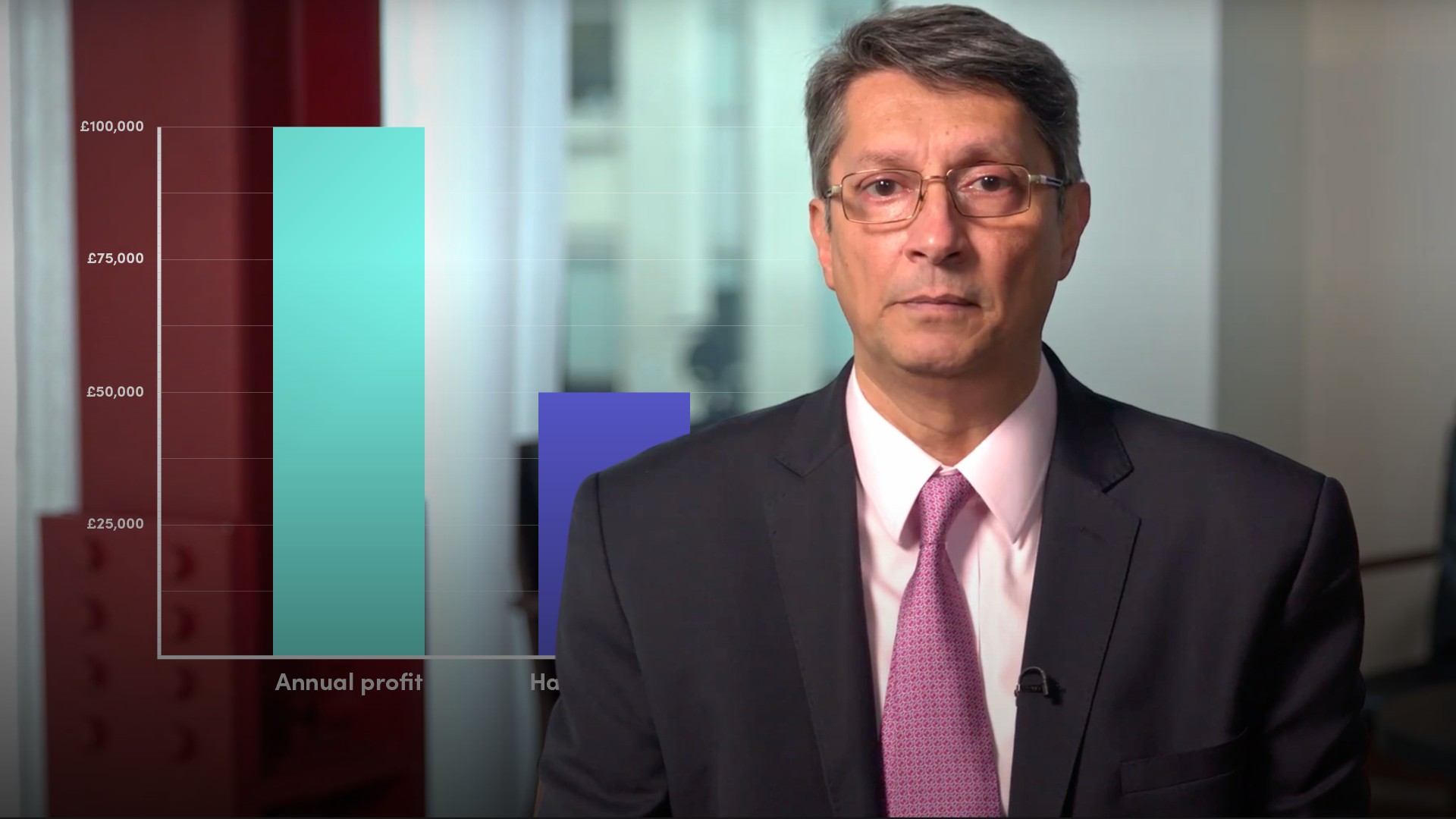
Calculating Discrete Holding Period Returns

Abdulla Javeri
30 years: Financial markets trader
As investors or traders, the main objective is to make a profit. Returns can be calculated for a holding period or on an annualised basis, and on a continuously compounded basis or a discrete basis. In this video, Abdulla will provide a formula for calculating returns on a discrete basis for both the holding period and an annual percentage return.
As investors or traders, the main objective is to make a profit. Returns can be calculated for a holding period or on an annualised basis, and on a continuously compounded basis or a discrete basis. In this video, Abdulla will provide a formula for calculating returns on a discrete basis for both the holding period and an annual percentage return.

Calculating Discrete Holding Period Returns
4 mins 37 secs
Key learning objectives:
Describe the basic properties of calculating returns
Identify the relevant formulae for calculating holding period returns and annualised returns
Overview:
Calculating returns can be expressed as a percentage gain or loss on an investment. Investors main objective is to make a profit - a positive return on their investment. These returns can be calculated using the formulae outlined below.
What are some of the basic properties of calculating returns?
- Expressed as a percentage gain or loss on an investment
- Can be calculated for the holding period, or, on an annualised basis
- Can be expressed as a discrete return, or, on a continuously compounded basis
How do we calculate holding period returns?
Holding Period Return = Sell price / Buy price - 1
Or
Holding Period Return = (Sell price - Buy price) / Buy price
For a price series
Holding Period Return = End value / Start value - 1
- The holding period return is simply the selling price divided by the buying price minus 1.
- Or, looking at the middle formula, it’s the profit as a percentage of the cost.
- If you currently hold an investment and you want to calculate the periodic returns since you made the investment, simply take a price (end value), divided by the previous price (start value) and subtract 1.
Using the information below, how do we calculate the holding period for both investors?
- Investor A - has made $100,000 in one year
- Investor B - has made $50,000 in six months
- The holding period for Investor A is 10%, 100,000/1,000,000
- The holding period for Investor B is 50%, 50,000/100,000
Investor B has a greater return in a shorter time, and thus has clearly done better.
How do we calculate annualised returns?
If the holding period is less than a year, we use the top formulae. And if the holding period is greater than a year, we use the bottom one.
Annual Return = Holding period return x 365 / holding period (days)
Or
Annual Return = (Sell price / Buy price)(1/years held) - 1
(Multi-period TVM formula re-arranged to solve for r)
For the following examples, what is the holding period return and annual return?
Question 1:- Buy Price = 250
- Sell Price = 265
- Holding Period = 30 days
- Holding period return: (265/250) - 1 = 6%
- Annual return: (6 x 365)/30 = 73%
- You bought shares 10 years ago for 150, and you sold them for 650.
- Holding period return: (650/150) - 1 = 333.3%
- Annualised return - As the holding period is greater than one year, we do the following calculation: (650/150)(1/10) - 1 = 15.79%

Abdulla Javeri
There are no available Videos from "Abdulla Javeri"

